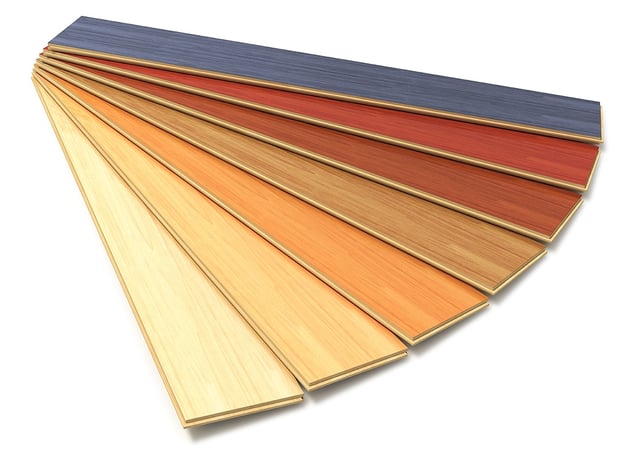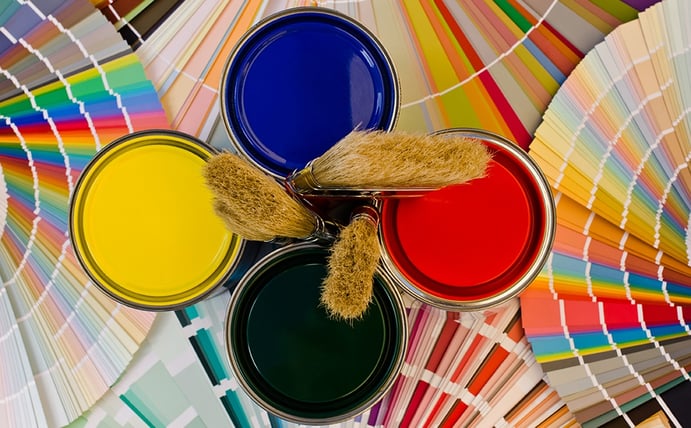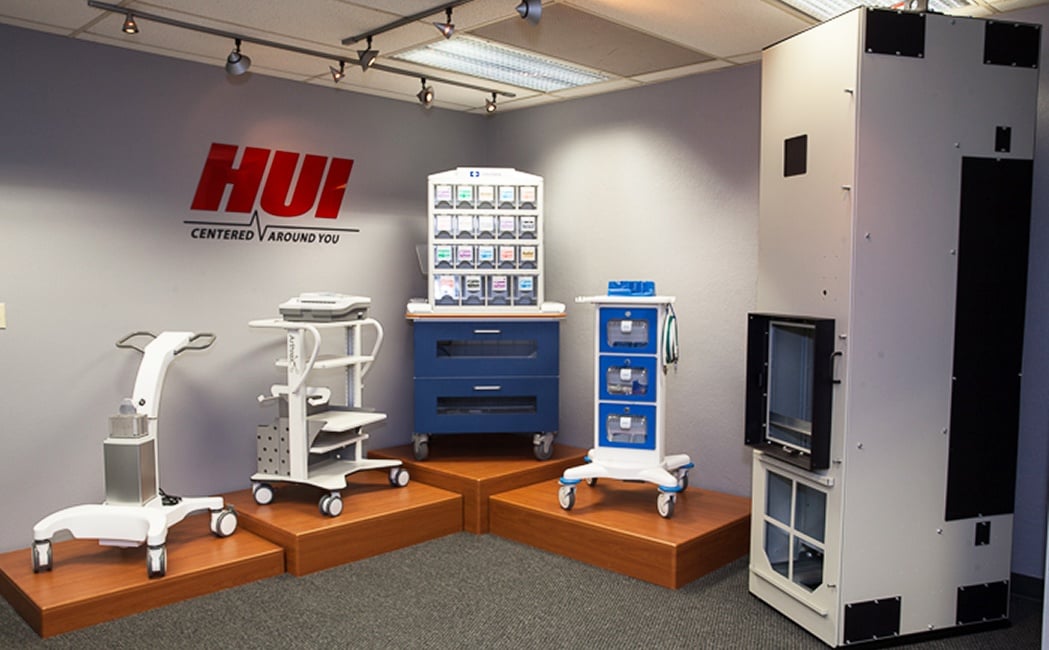The team at HUI has helped customers design medicals cart using many different manufacturing processes as well as materials. We provide advice on what materials to use based on what makes the most sense in terms of production volumes, aesthetic expectations, and budgets. To give you insight on some popular materials and processes for medical cart prototypes and low-volume production, we’ve created this guide with the pros and cons of each option.
Table of Contents: Custom Medical Cart Material Options
Painting Standard Stock Materials
RIM Molding (Reaction Injection Molding)

Wood
Low-Volumes/Prototype
Pros:
- Wood is great for prototypes and small runs of 1-5 carts.
- Less expensive than 3-D printing and cast urethane.
- Multiple color options available for medical cart prototypes and production, because medium density fiberwood shelves come in hundreds of standard laminate colors.
Cons:
- The wood comes in thick blocks that you can’t hollow out like you can with castings.
- You are mostly limited to flat shelves and tops, because wood may not work as well for features that are not flat.

Painting Standard Stock Materials
Low-Volumes/Prototype
Pros:
- For low production runs and prototypes, you can use standard stock materials and paint them to match the color of your choice. This can help you save money on minimum buy quantities and custom materials.
Cons:
- Besides color, the stock materials are not customizable.
RIM Molding (Reaction Injection Molding)
Low-Volume/Prototype
Pros:
- The process involves shorter tooling lead times.
- Tooling is less expensive, because there is not as much pressure involved when they use the tool.
- RIM Molding is good for lower productions runs.
- You can expect greater design flexibility. For example, thick and thin walls can be used on the same part, walls can be tall with a large diameter, and features can be encapsulated within the RIM part.
Cons:
- Per part cost is more expensive than traditional injection molding.
- The mold does not add color or texture. All of those details get added after the part is taken out of the mold, so it involves more manpower and time.
- There are less material options to choose from with RIM Molding.
Cast Urethane
Low-Volume/Prototype
Pros:
- Cast Urethane is good for low production runs, because the process often uses soft tooling, which can create 20 parts per tool.
- You can also choose medium tooling, which can raise that number to 100 parts per tool, but that’s your limit with cast urethane before you need to make a new tool.
- Easy to color match and add texture in the mold.
Cons:
- You’ll need buy new tool after much smaller volumes then most tools.
Machining Plastics and Metal
Low-Volume/Prototype
Pros:
- Machining is great for prototypes and low runs.
- You can have different materials machined like plastic, foam, or aluminum to look like injection molded pieces so you don’t have to order tooling before you see a prototype.
- If you’re looking to test out a new cart design before going all in a project, machining is a great way to produce medical cart components without getting stuck with high tooling costs for a project that does not move forward.
Cons:
- You wouldn’t want to repeat this process for high production runs, because it would increase lead time, manpower, and costs.
Check out our next blog post on "Great Medical Cart Materials for Low and High-Volume Production" for the pros and cons of more material options.
If you need help designing and managing your cart project, HUI’s custom medical cart design team can help you determine the ideal materials and processes for your cart. Contact us today, to learn more about how we can help!
Also, if this information is helpful to you, please subscribe to get instant updates any time we have a new blog post!


